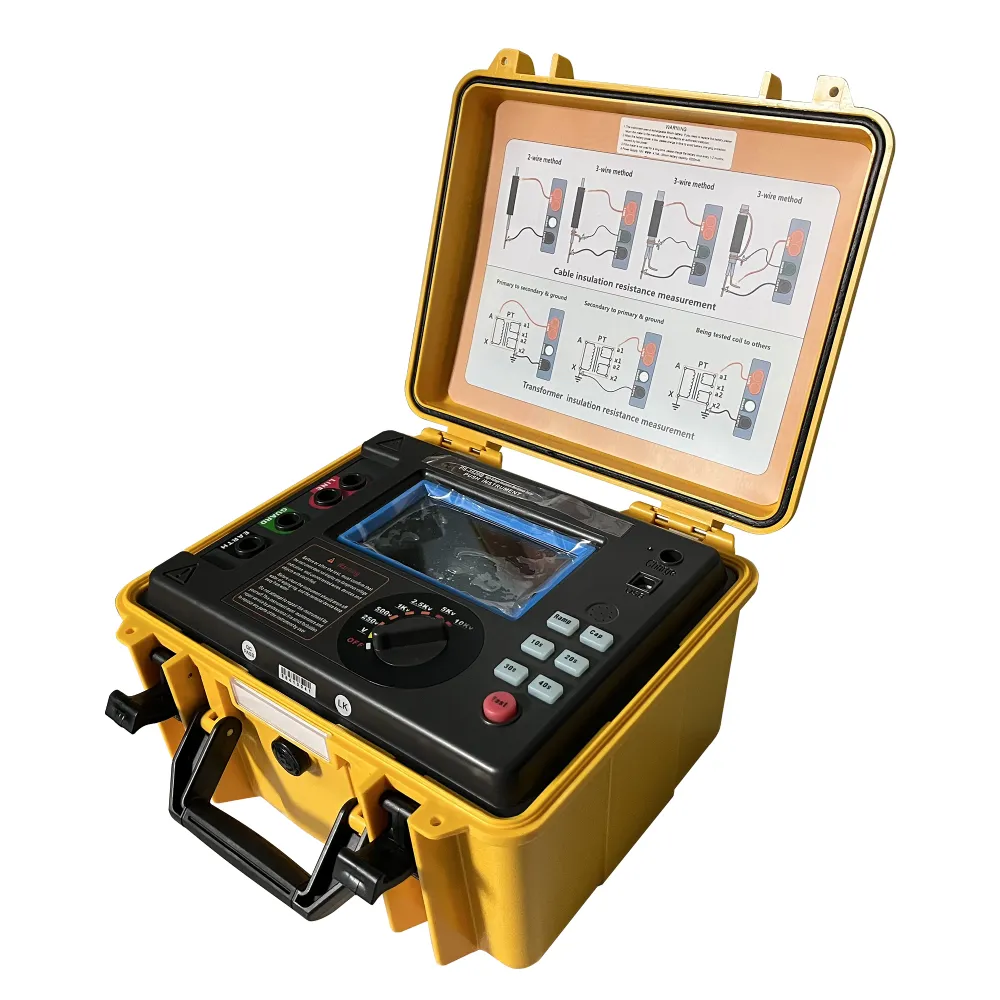 English
English


Winding Resistance Measurement Techniques for Current Transformers in Electrical Applications
Winding Resistance Test of Current Transformers
The winding resistance test of current transformers (CTs) is a critical diagnostic procedure that ensures the reliability and efficiency of these devices in power systems. Current transformers serve as essential components in electrical engineering, providing necessary current measurement and protection in high voltage applications. Conducting a winding resistance test is crucial for identifying potential issues that could lead to inaccurate readings or equipment failure.
The primary goal of the winding resistance test is to determine the resistance of the winding wire within the current transformer. This resistance can serve as an indicator of the overall health of the transformer. A low resistance reading typically implies a healthy and well-functioning transformer, while a higher resistance could indicate problems such as loose connections, corroded terminals, or damaged windings.
To perform this test, technicians usually utilize a four-wire measurement technique. This method involves using two pairs of leads one pair supplies a known current, while the other measures the resultant voltage drop across the winding. By applying Ohm's law (Resistance = Voltage / Current), the resistance can be accurately calculated. This technique minimizes errors that could arise from lead and contact resistances, ensuring precise measurements crucial for analytical purposes.
winding resistance test of current transformer

A common standard for winding resistance test values can be found in various industry guidelines, which typically cite acceptable resistance ranges specific to the CT's rated capacity. Any deviations from these benchmark values warrant further investigation. If the resistance is significantly higher than expected, it may indicate issues such as insulation breakdown or equality of winding turns, which can significantly affect the CT's performance.
Additionally, environmental factors such as temperature can influence resistance readings. Therefore, it's crucial to perform tests under controlled conditions and record temperatures to normalize the results. Regular testing is recommended to establish baseline values for the current transformer and detect changes over time.
In conclusion, the winding resistance test is an essential procedure for maintaining the integrity and efficiency of current transformers. Regular testing can help prevent outages, equipment damage, and inaccuracies in measurements, thereby enhancing the overall reliability of electrical systems. By investing time and resources into these tests, utilities can ensure adherence to safety standards and continuity in service, which is vital in today's highly interconnected power grids.
-
Differences between open cup flash point tester and closed cup flash point testerNewsOct.31,2024
-
The Reliable Load Tap ChangerNewsOct.23,2024
-
The Essential Guide to Hipot TestersNewsOct.23,2024
-
The Digital Insulation TesterNewsOct.23,2024
-
The Best Earth Loop Impedance Tester for SaleNewsOct.23,2024
-
Tan Delta Tester--The Essential Tool for Electrical Insulation TestingNewsOct.23,2024





